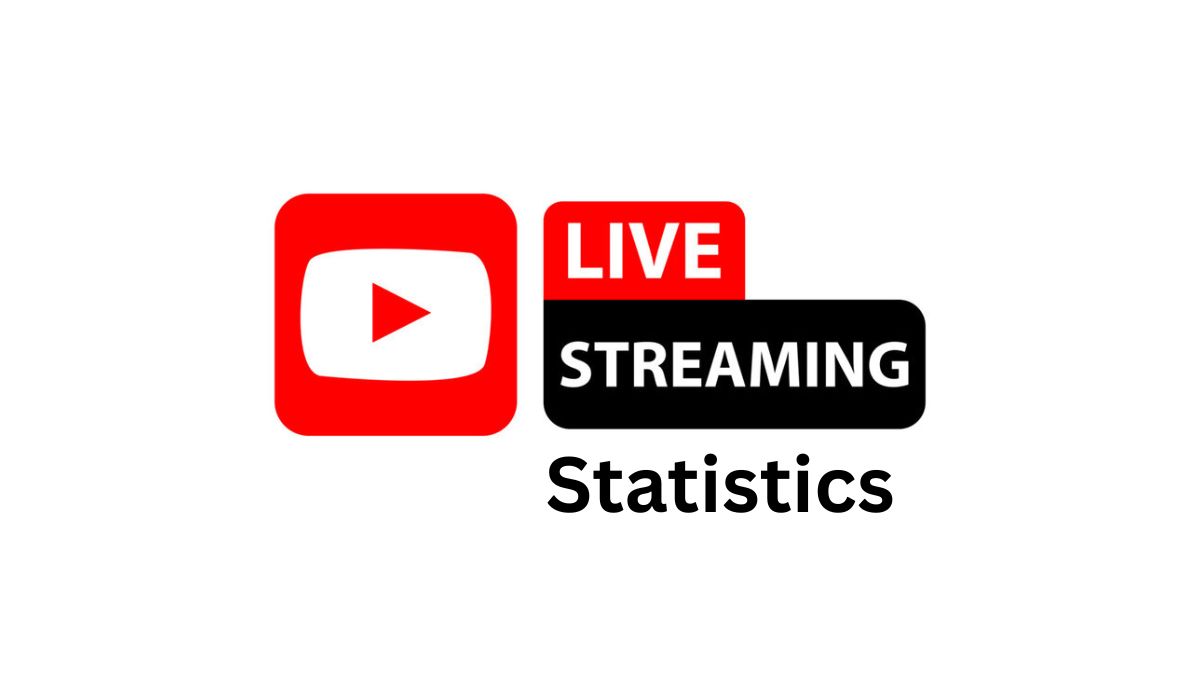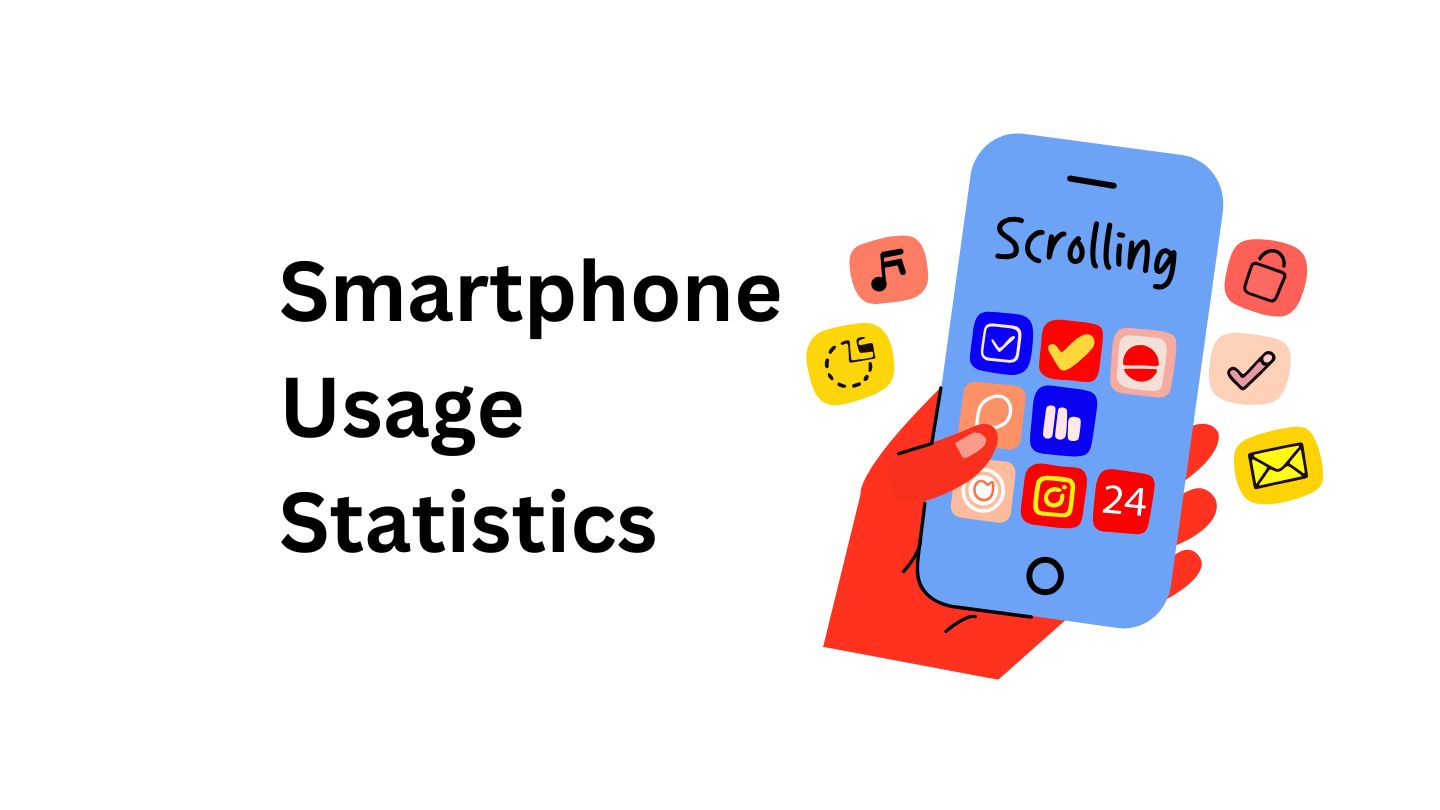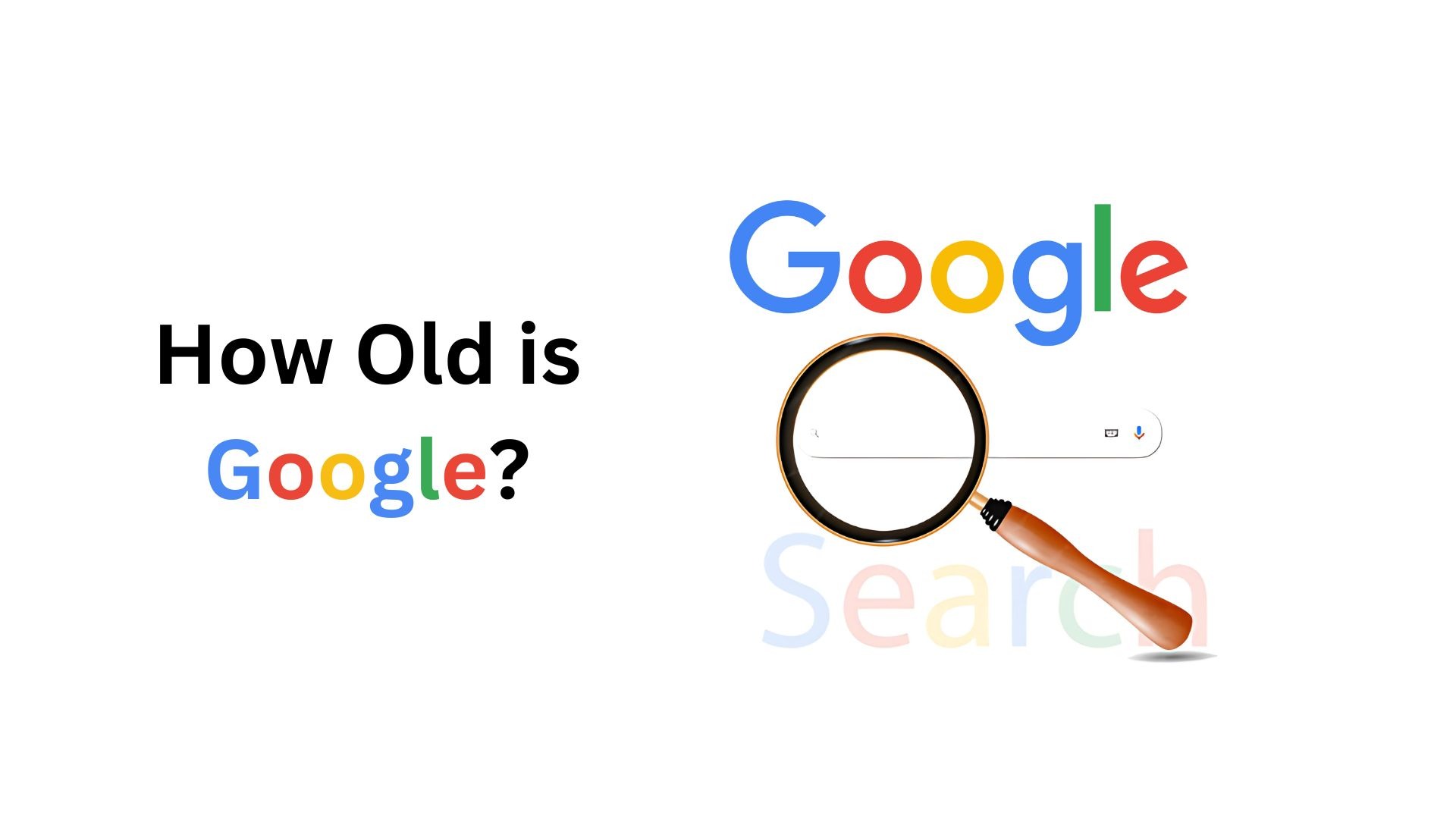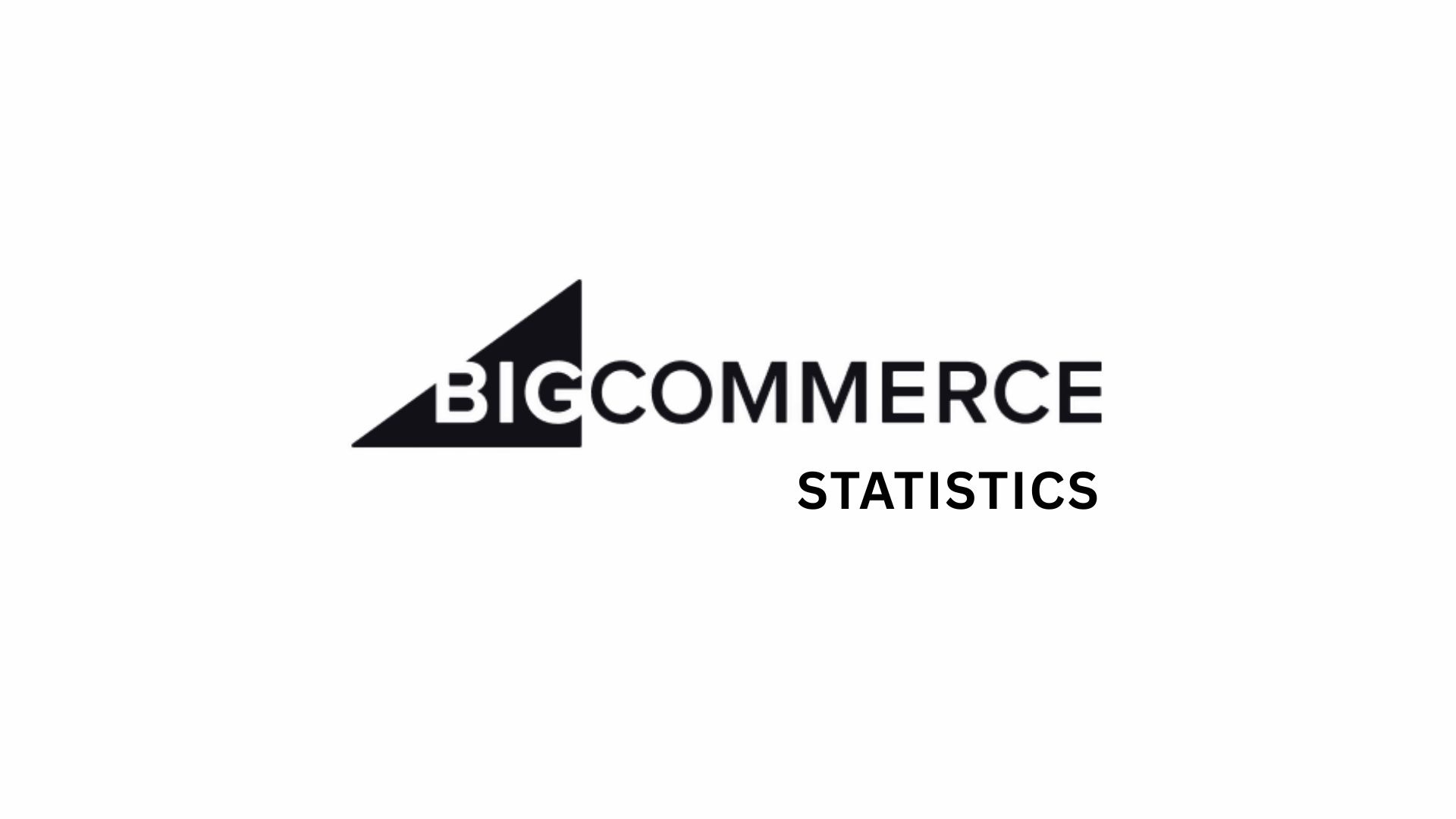SSL Statistics By Cipher Usage, Certificate Market And Industry Trend (2025)
Updated · Jul 25, 2025
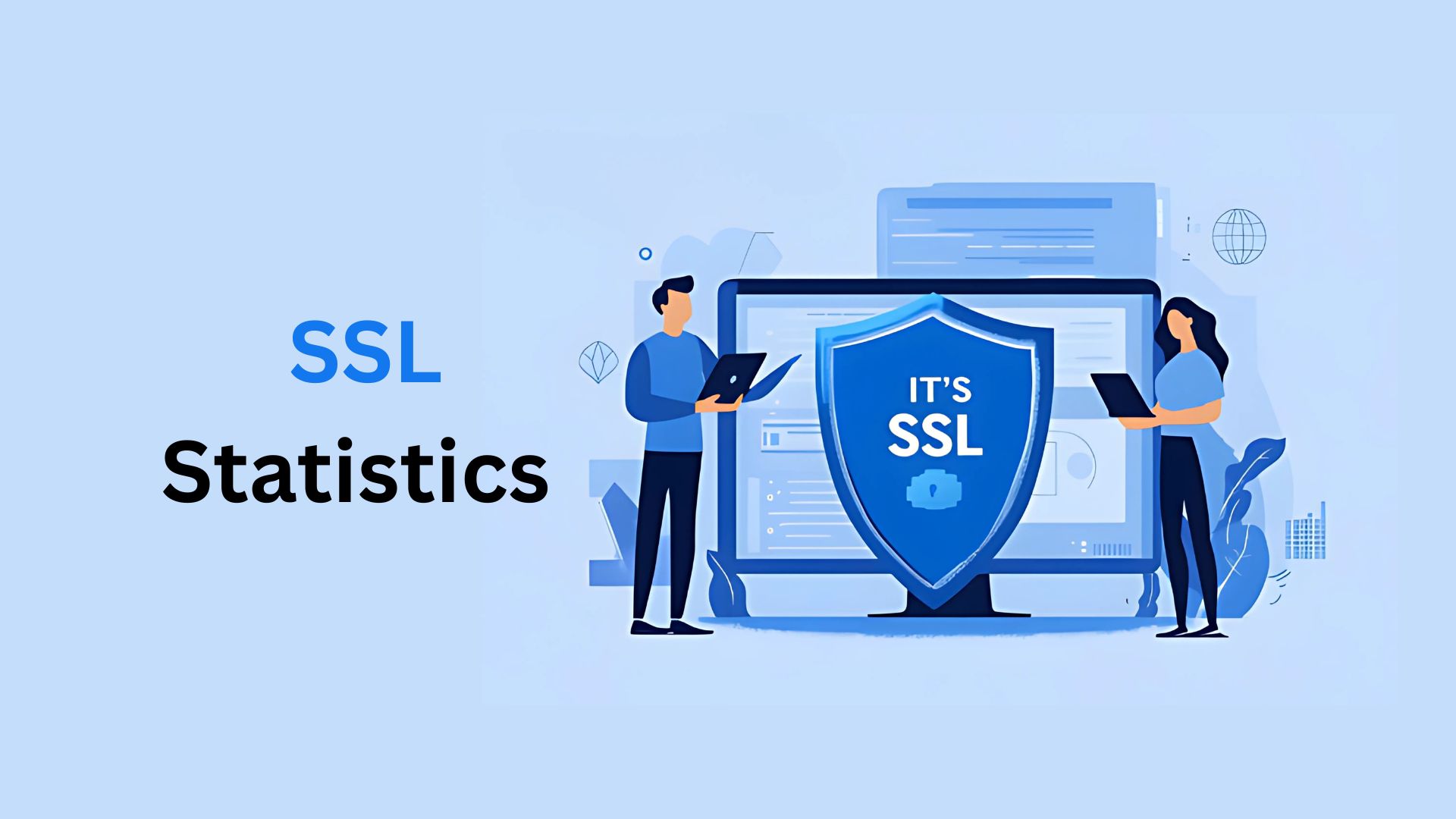
Table of Contents
- Introduction
- Editor’s Choice
- Features of SSL
- Benefits of SSL
- SSL Usage Distribution Statistics
- SSL Certificate Market Statistics
- By Country
- SSL Certificate Type Statistics
- SSL/TLS Industry Trend Statistics
- SSL Cipher Usage Statistics
- SSL Certificates Pricing Statistics
- SSL Pulse Statistics
- SSL Website Traffic Statistics
- By Country
- By User Demographics
- By Marketing Channels Distribution
- By Social Media
- Top Security Concerns of SSL Statistics
- Conclusion
Introduction
SSL Statistics: SSL, also known as Secure Sockets Layer, is an encryption-based Internet security protocol that locks the shares of information between a website and your browser. SSL helps in building trust by creating a secure connection, which keeps personal details like passwords, credit card numbers, and messages private and secure. Without SSL, websites are more vulnerable to data theft and cyberattacks.
This article encompasses all current statistical analyses, drawing on various insights, covering the overall market trend, key features, industry usage, country-specific trends, and numerous other factors.
Editor’s Choice
- According to the SSL Dragon report analysis, in January 2025, the number of SSL certificates on the internet surpassed 299 million, a 7.5 million increase in two years.
- Three certificate authorities give out almost 90% of all SSL certificates used on websites today.
- As of July 1, 2025, the SSL industry has 26,311,219 SSL certificates in the United States, while Germany has nearly 11,781,592 certificates.
- By the end of 2025, the SSL certificate market size will reach around USD 234.5 million, as mentioned in Coherent Market Insights.
- As of June 2025, Let’s Encrypt leads the SSL certificate market with a 63.4% share, up from 59.8%.
- A Fortinet survey found that large companies handle more than 23,000 certificate keys.
- The Coolest Gadget report further states that there are more than 156,000 SSL certificates being tracked on the internet.
- More than 50% of all websites still use weak or poor security setups.
- By the end of 2025, it’s expected that 9 out of 10 websites on the internet will use an SSL certificate for security.
- According to the Similarweb report of June 2025, the total number of visits to ssl.com was approximately 344.6K, representing a 5.57% increase from the previous month.
Features of SSL
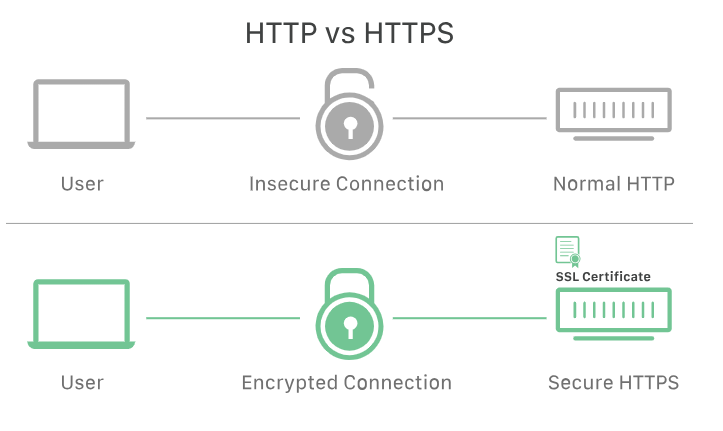
- When a website uses SSL/TLS, its web address starts with “https” instead of just “http”, which makes the connection more encrypted.
- Data is scrambled with strong algorithms so that only the sending and receiving computers can read it.
- Websites present digital certificates from trusted authorities to prove they are legitimate.
- Message Authentication Codes (MACs) are used to ensure the data hasn’t been changed during transit.
- Each session uses temporary keys to keep the past session data safe.
- The handshake process decides the version, encryption methods, and verifies the parties.
- SSL works with most browsers, servers, and major internet protocols.
Benefits of SSL
- Data Encryption
- Trust & Credibility
- Improved Google Rankings
- Authentication
- Required for PCI Compliance
- Reduces Bounce Rates
- Safe for Logins and Forms
SSL Usage Distribution Statistics
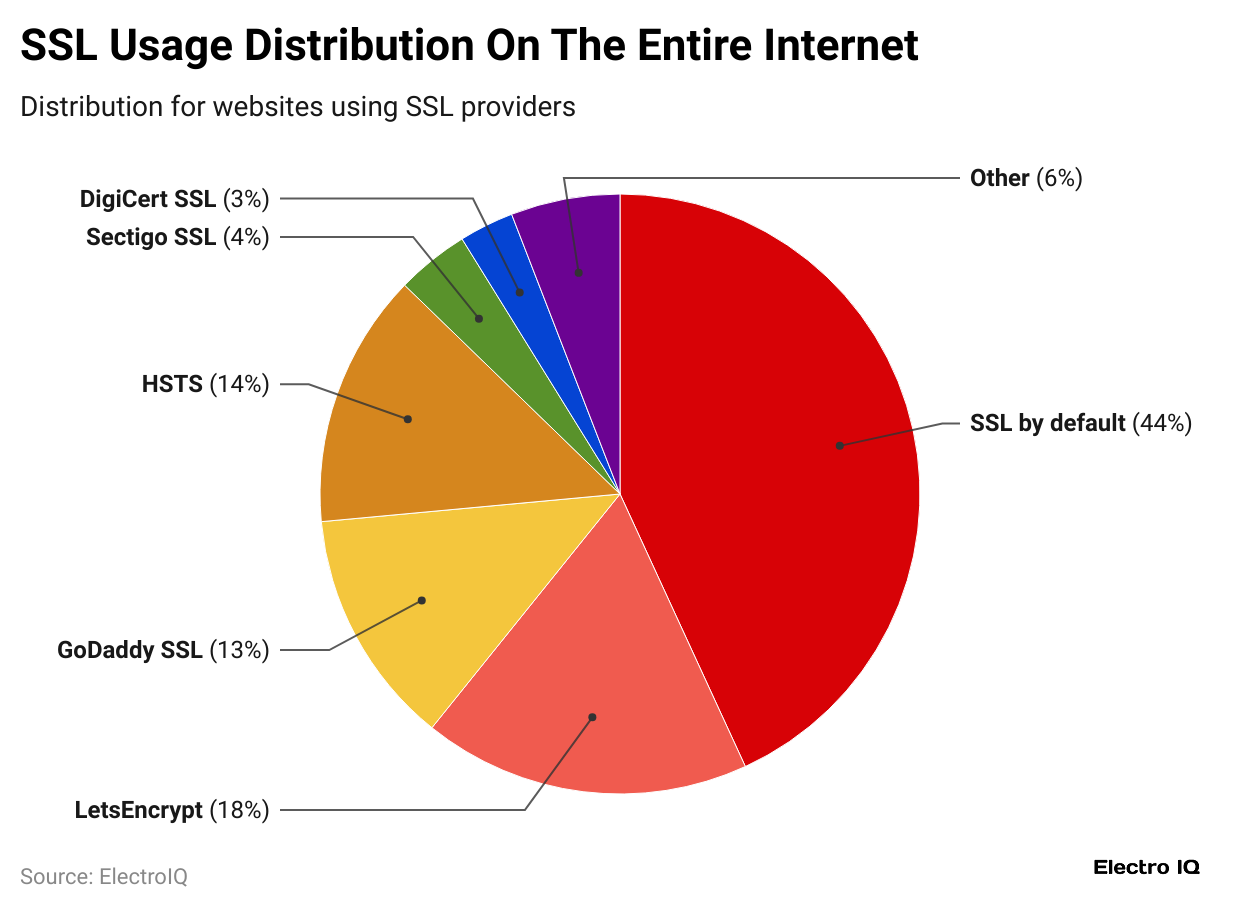
- The above pie chart elaborates on the SSL usage distribution on the entire internet in 2025, in which SSL by Default accounts for 43.7% of websites that use SSL, resulting in 135,259,251 websites.
Furthermore, the usage of other website shares is stated in the table below:
| Technology | Number of Websites | Website Share |
| LetsEncrypt | 54,629,999 |
17.65% |
|
HSTS |
42,066,670 | 13.59% |
| GoDaddy SSL |
39,281,537 |
12.69% |
|
Sectigo SSL |
10,973,727 | 3.55% |
| DigiCert SSL | 9,933,921 |
3.21% |
|
CPanel SSL |
7,635,528 | 2.47% |
| Symantec Secure Site | 1,912,767 |
0.62% |
|
Common Name Invalid |
1,871,878 | 0.6% |
| Encryption Everywhere | 1,277,170 |
0.41% |
|
Invalid Certificate Dates |
1,191,864 | 0.39% |
| Amazon SSL | 1,130,453 |
0.37% |
|
GlobalSign |
490,395 | 0.16% |
| GeoTrust SSL | 292,785 |
0.09% |
|
AlphaSSL |
287,506 | 0.09% |
|
Starfield Technologies |
272,579 | 0.09% |
| RapidSSL | 228,870 |
0.07% |
|
Cloudflare SSL |
172,212 | 0.06% |
| TrustAsia | 110,867 |
0.04% |
|
CERTUM |
90,057 | 0.03% |
| JPRS | 57,450 |
0.02% |
|
Thawte SSL |
43,903 | 0.01% |
| GoGetSSL | 43,578 |
0.01% |
SSL Certificate Market Statistics
- According to a report published by SSL Dragon in 2024, around 87.6% of websites had a valid SSL certificate, a big jump from just 18.5% six years earlier.
- By the end of 2025, the SSL certificate market size will reach around USD 234.5 million, as mentioned in Coherent Market Insights, and is estimated to be USD 518.4 million by the end of 2032.
- By 2026, most SSL certificates will only be valid for six months, and by 2029, this will reduce further to just 47 days.
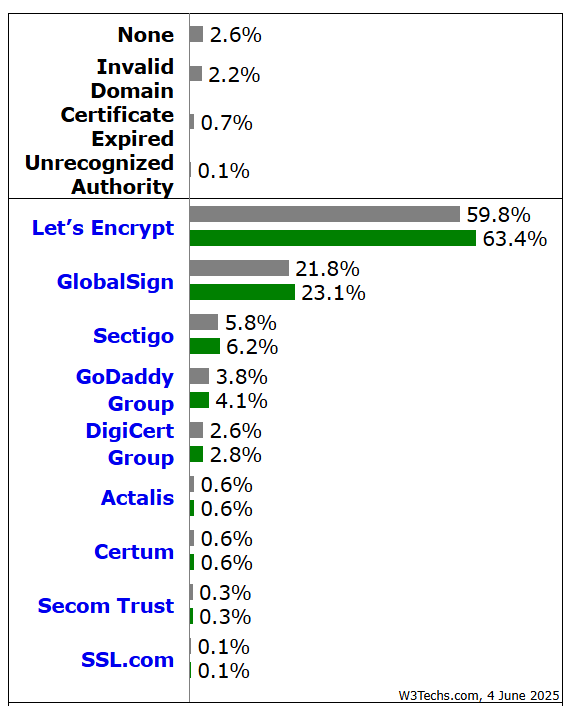
- The above image depicts that as of June 2025, Let’s Encrypt leads the SSL certificate market with a 63.4% share, up from 59.8%.
- GlobalSign follows with 23.1%, while Sectigo holds 6.2%.
- GoDaddy Group and DigiCert Group have 4.1% and 2.8% respectively.
- Smaller authorities like Actalis, Certum, Secom Trust, and SSL.com each hold 0.6%, 0.6%,0.3%, and 0.1% respectively.
By Country
- As of July 1, 2025, SSL usage distribution in India accounted for 4,107,860 certificates.
- In contrast, the SSL industry has 26,311,219 SSL certificates in the United States, while Germany has nearly 11,781,592 certificates.
Furthermore, other countries’ detections of SSL certificates are stated in the table below for the same duration:
| Country | Number of SSL Certificates |
| United Kingdom |
9,067,989 |
|
Russia |
4,913,284 |
| France |
4,656,156 |
|
Brazil |
4,573,313 |
| Netherlands |
4,100,809 |
|
Canada |
3,755,144 |
| Australia |
3,754,943 |
|
Italy |
2,810,056 |
| Japan |
2,755,243 |
|
Spain |
2,420,607 |
| Switzerland |
2,214,365 |
|
China |
1,886,970 |
| Poland |
1,763,100 |
|
Indonesia |
1,324,995 |
| Belgium |
1,295,350 |
|
Austria |
1,130,293 |
| Mexico |
1,105,130 |
|
Sweden |
1,126,933 |
| Czech Republic |
1,122,775 |
|
South Africa |
1,068,084 |
SSL Certificate Type Statistics
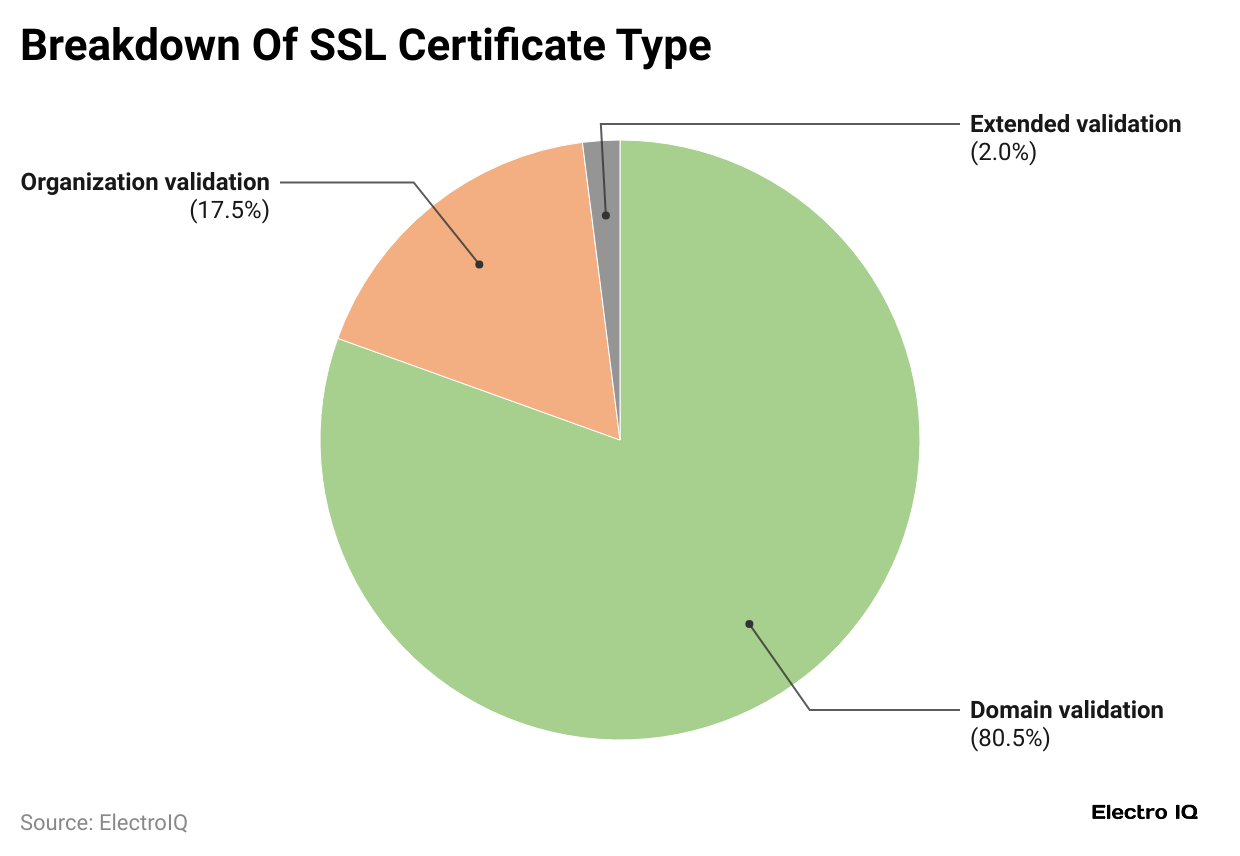
- As of 2024, Domain Validation (DV) is the most common type of SSL, which is used by 80.5% of websites.
- Organisation Validation (OV) makes up 17.5% of the usage.
- The least used SSL type is Extended Validation (EV), with only 2.0% adoption.
SSL/TLS Industry Trend Statistics
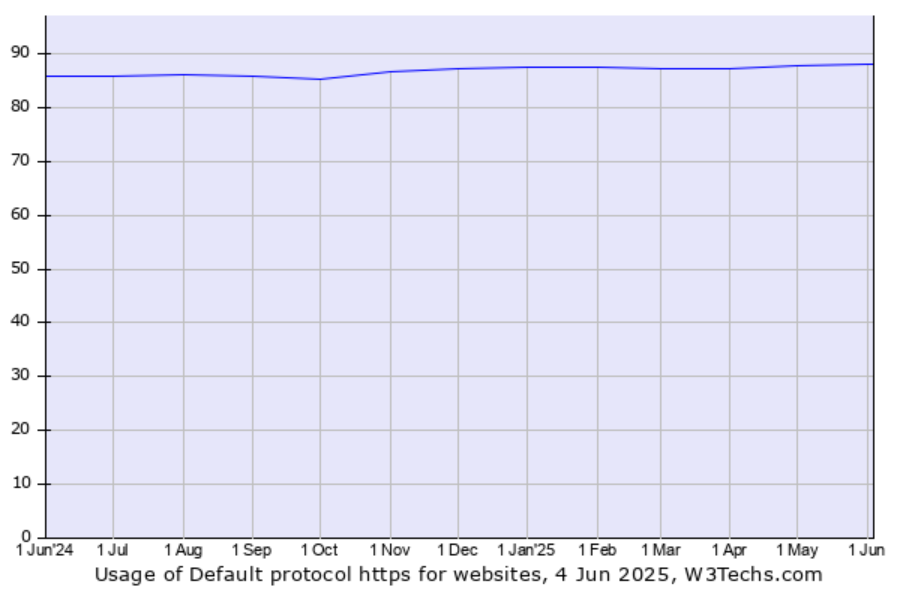
- As of June 1, 2025, HTTPS protocols are used by 88.08% of websites.
- In the same period, 95% of the web traffic on its platforms is protected and uses encryption for safety.
- Meanwhile, around 11.92% of websites don’t have proper security, which puts them at risk of data leaks and hacking.
- HTTPS is the standard protocol for security, and is used by some popular websites such as Google, Facebook, YouTube, and Instagram.
- On November 3, 2024, about 30.3% of websites were not using SSL the right way or missed key steps.
SSL Cipher Usage Statistics
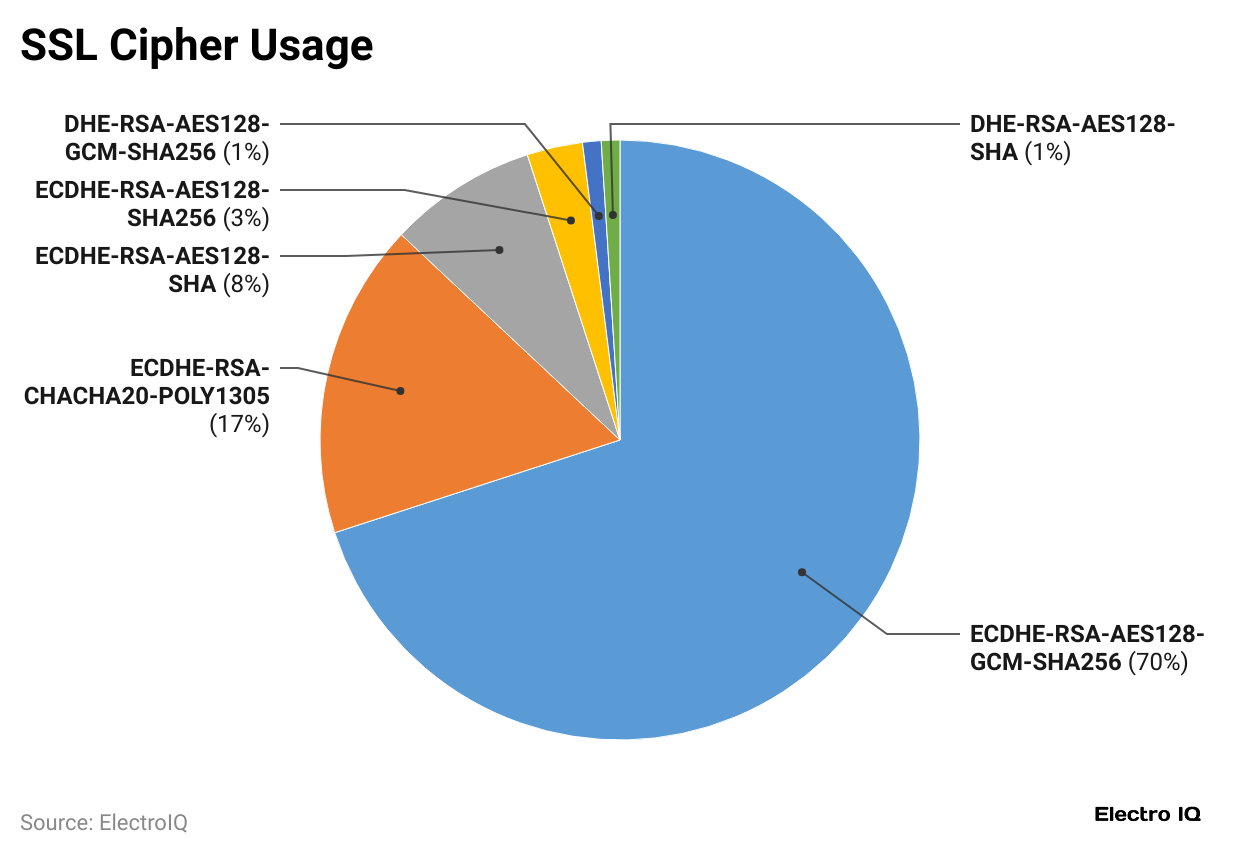
- By the end of 2024, ECDHE-RSA-AES128-GCM-SHA256 is the most used cypher, making up 70% of the total usage, followed by ECDHE-RSA-CHACHA20-POLY1305 (17% of websites).
- Furthermore, other SSL Cipher Usage shares are followed by ECDHE-RSA-AES128-SHA (8%), ECDHE-RSA-AES128-SHA256 (3%), DHE-RSA-AES128-GCM-SHA256 (1%), and DHE-RSA-AES128-SHA (1%).
SSL Certificates Pricing Statistics
| Certificates Types | Prices (per year) |
| Single Domain SSL Certificates |
USD 8.00 |
|
Multi-Domain SSL Certificates (SAN) |
USD 30.00 |
| Code Signing Certificates |
USD 226.00 |
|
EV SSL Certificates |
USD 60.00 |
SSL Pulse Statistics

- As of June 2, 2025, a total of 134,380 websites were surveyed for SSL/TLS security.
- 3% of sites (95,775) were rated as secure (grades A+, A, or A-).
- 7% of sites (38,605) had inadequate SSL security.
SSL grades and total site numbers based on the SSL Pulse report for the same time are mentioned below:
| SSL Grade | Number of Sites | Share | Description |
| A+, A, A- | 95,775 | 71.3% |
Secure Sites |
|
B |
36,000 (Approx) | 26.8% | Moderate Security |
| C, D, F | – | 1.9% |
Weak/Failing Security |
|
Total |
134,380 | 100% |
All Sites Surveyed |
SSL Website Traffic Statistics
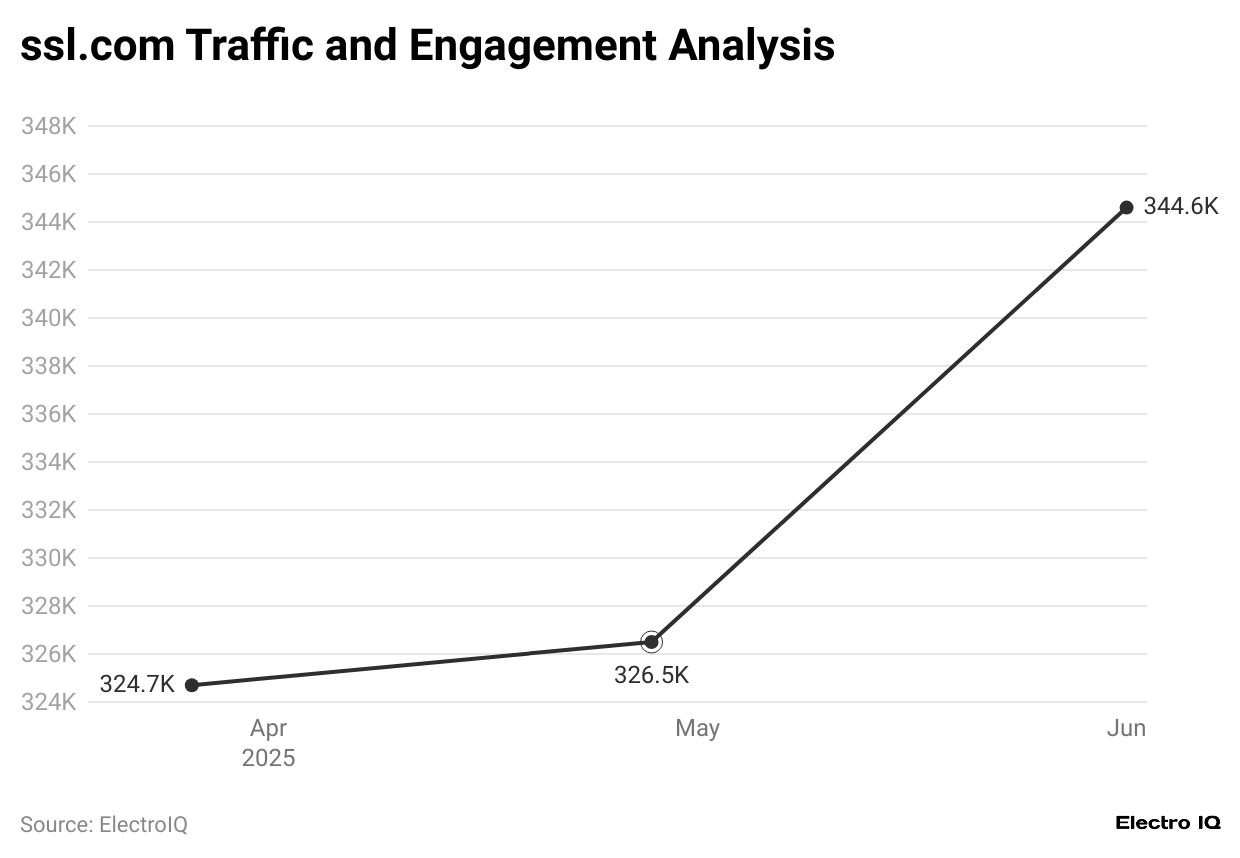
- As of June 2025, the total number of visits to ssl.com was approximately 344.6K, representing a 5.57% increase from the previous month.
- The website’s bounce rate was 48.6% in the same period.
- Meanwhile, the average number of pages per visit was 2.85, and the average visit duration was 01 minute and 34 seconds.
- Globally, SSL’s website ranked #119,583, in the United States (#142,164), and category-wise #379.
By Country
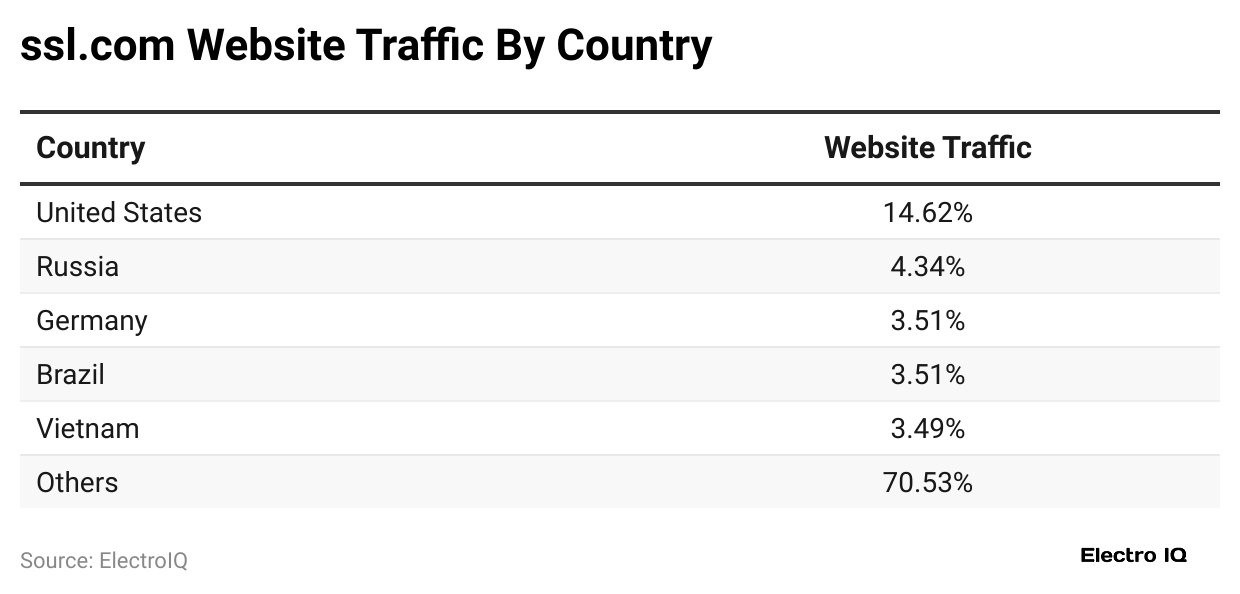
- The United States accounted for the highest share on SSL.com at 14.62% in June 2025, up by 17.57% from the previous month.
- The following are the top five countries by website traffic share: Russia: 4.34% (28.28%), Germany: 3.51% (+5.3%), Brazil: 3.51% (+1.54%), and Vietnam: 3.49% (159.6%).
- The rest of the countries captured a share of 70.53% SSL’s web traffic.
By User Demographics
- According to Similarweb reports based on gender, approximately 71.95% of SSL users were male, and 28.05% were female, in June 2025.
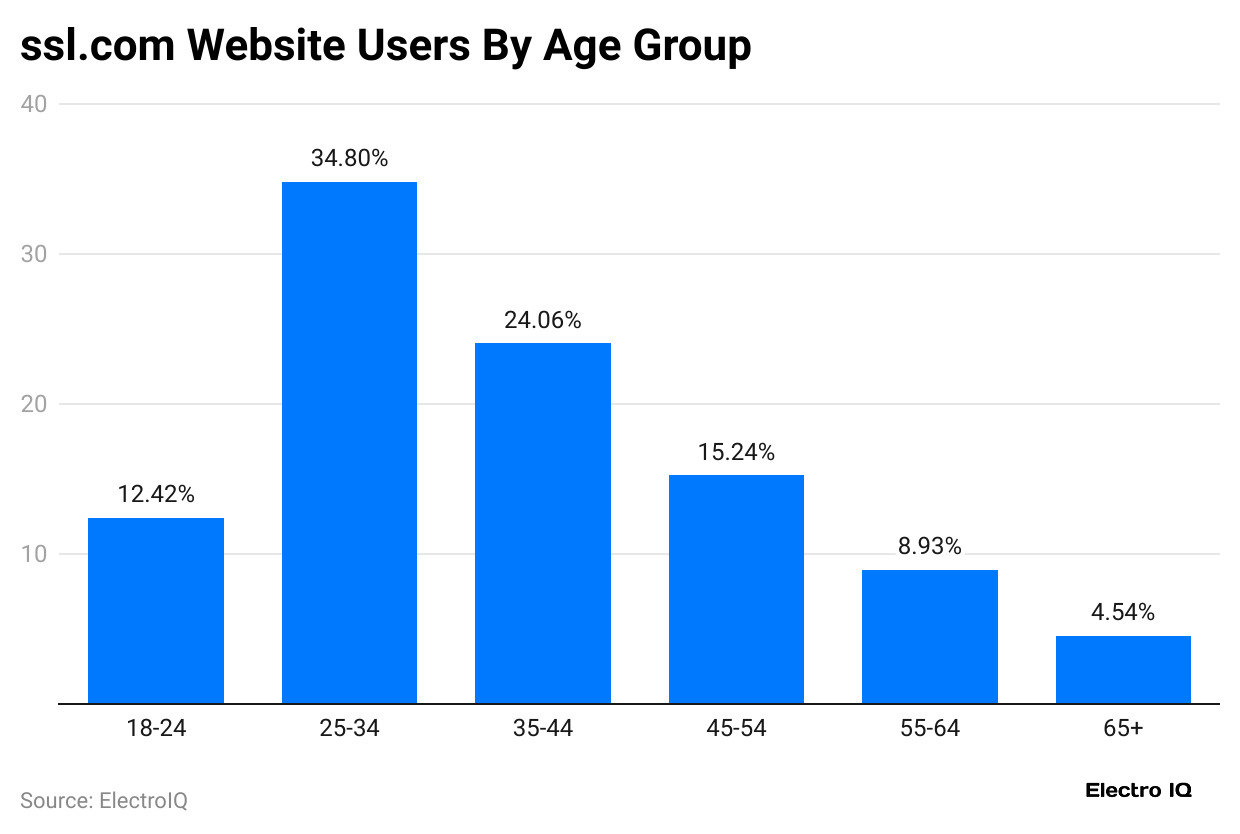
- In the same period, the total number of SSL’s website users aged 25 to 34 years accounted for the highest share, at 34.8%, followed by those aged 35 to 44 years at 24.06%.
- Furthermore, the age distribution of other users is as follows: 45 to 54 years (15.24%), 18 to 24 years (12.42%), 55 to 64 years (8.93%), and 65 years and older (4.54%).
By Marketing Channels Distribution
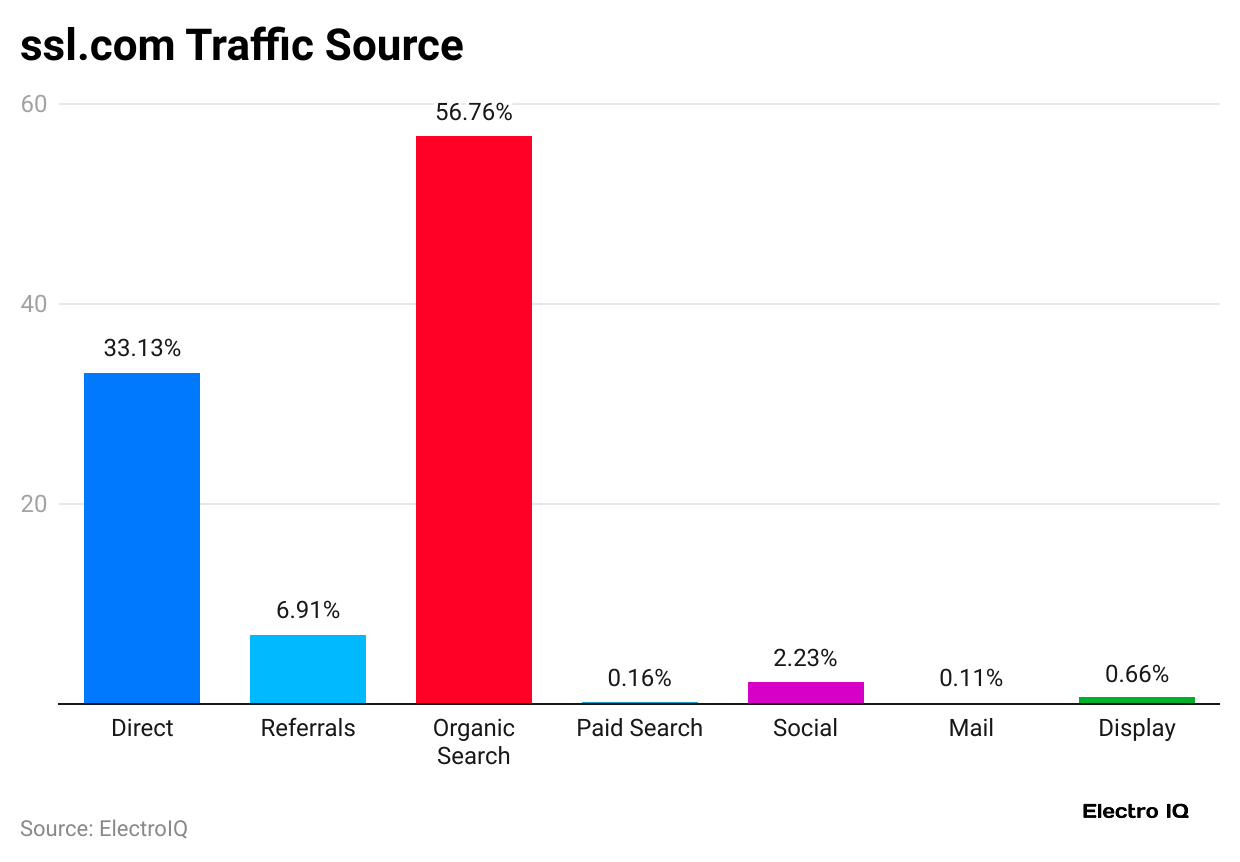
- In June 2025, the top traffic sources for the SSL website were organic search with a traffic share of 56.76%, direct search (33.13%), and referrals (6.91%).
- Moreover, other marketing channel distributions are followed by paid search (0.16%), social (2.23%), mail (0.11%), and display (0.66%).
By Social Media

- At the same time, the social network traffic accounted for by SSL.com remained the highest on YouTube with a share of 73.36%.
- Other social media traffic sources include Reddit (15.39%) and Discord (11.25%).
Top Security Concerns of SSL Statistics
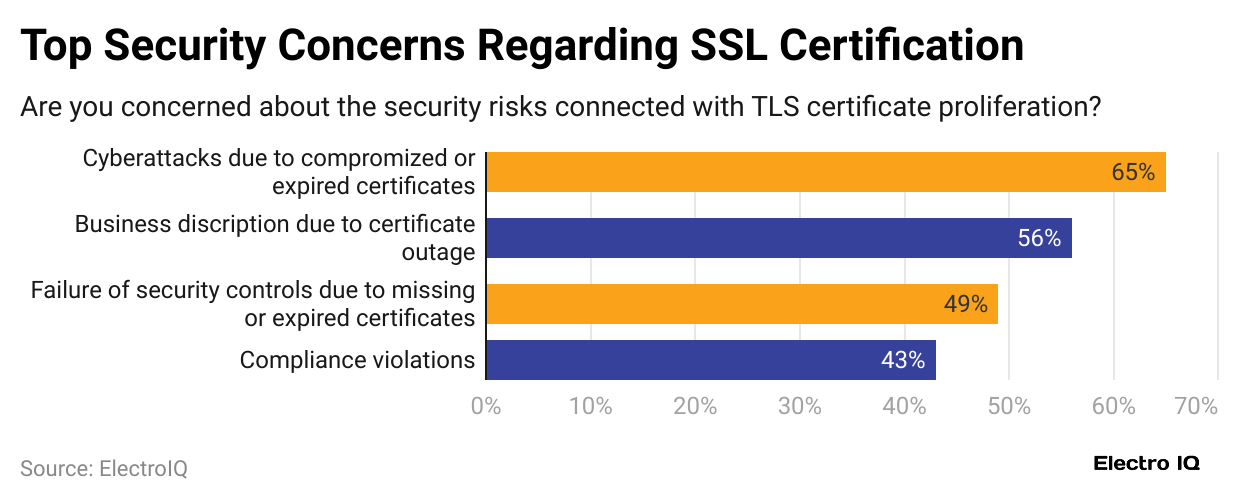
- The above image represents that about 65% of people worry about websites using expired or unsafe SSL certificates.
- Meanwhile, other concerns are followed by a business description due to certificate outage (56%), failure of security control due to missing or expired certificates (49%), and compliance violations (43%).
Conclusion
After completing the article on SSL Statistics, it is clear that SSL certificates have become a critical part of website security in 2025. With over 71% of sites already rated as secure and nearly 90% expected to adopt SSL by the end of the year. SSL helps protect sensitive data, builds user trust, and improves search engine rankings.
Affordable options such as single and multi-domain SSL certificates make it accessible for all types of businesses. Due to the increase in cyber threats, using SSL is no longer optional as it’s a necessary step for ensuring a safe and credible online presence for any website.
FAQ.
SSL certificates now stay valid for 398 days, which is a little over 13 months.
SSL expiry is when an SSL certificate becomes invalid after its set validity period, requiring renewal for security.
The SSL session timeout is typically set between 5 and 10 minutes, but it can vary based on server configuration.
TLS is better than SSL because it offers stronger encryption, better security, and updated protocols.
SSL typically uses port 443 for secure HTTPS traffic between a web browser and server.

Barry Elad is a passionate technology and finance journalist who loves diving deep into various technology and finance topics. He gathers important statistics and facts to help others understand the tech and finance world better. With a keen interest in software, Barry writes about its benefits and how it can improve our daily lives. In his spare time, he enjoys experimenting with healthy recipes, practicing yoga, meditating, or taking nature walks with his child. Barry’s goal is to make complex tech and finance information easy and accessible for everyone.

